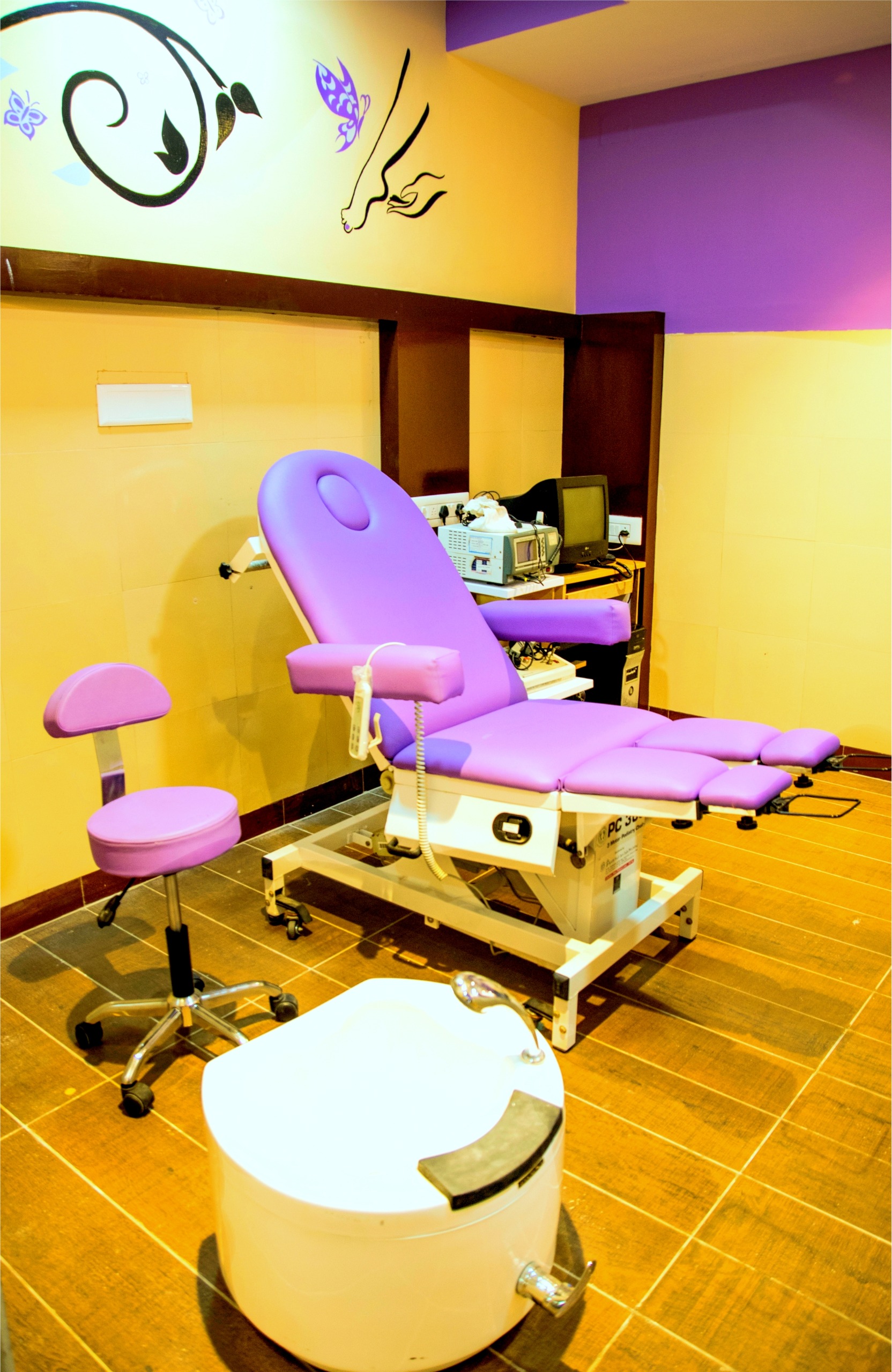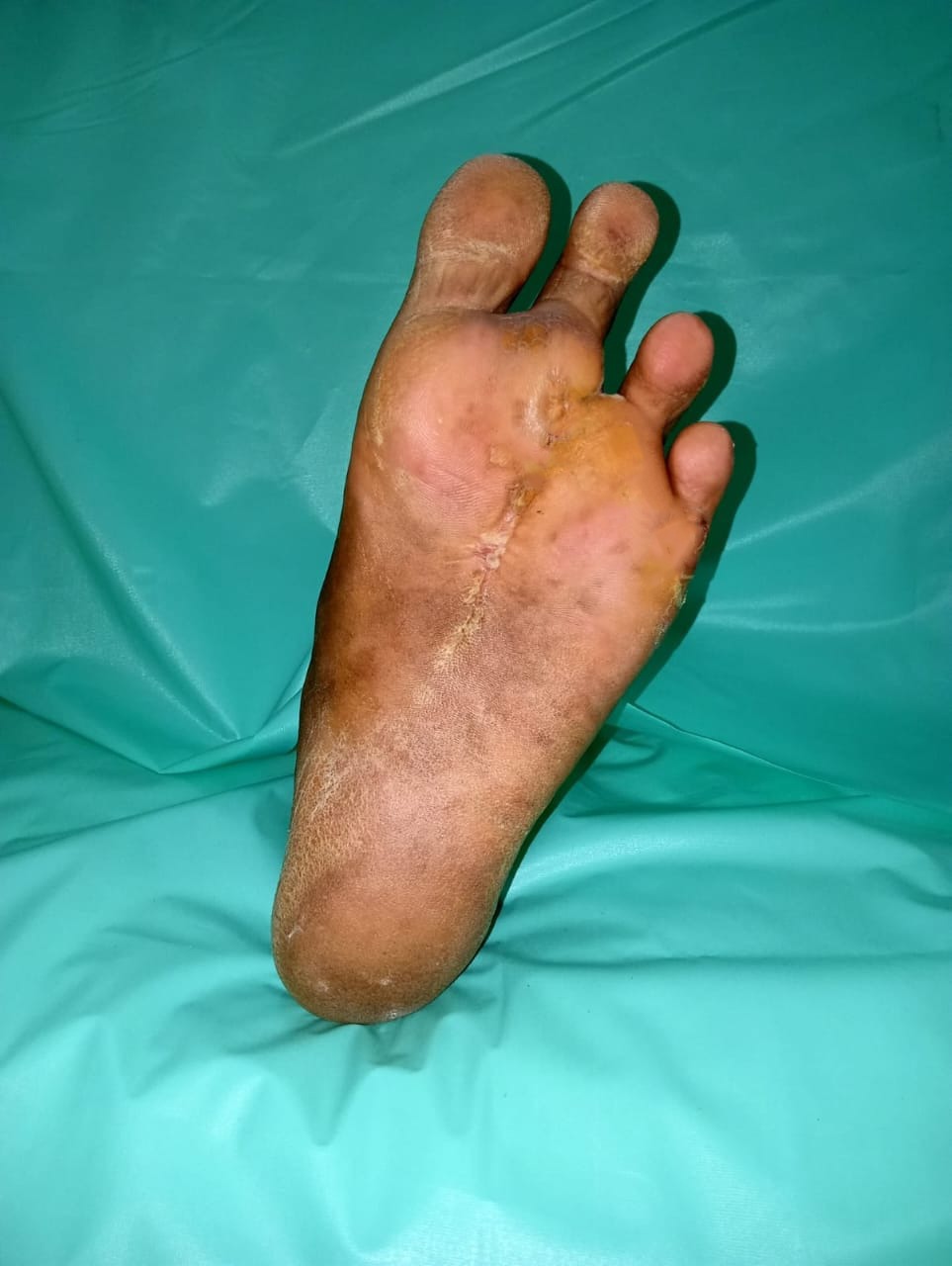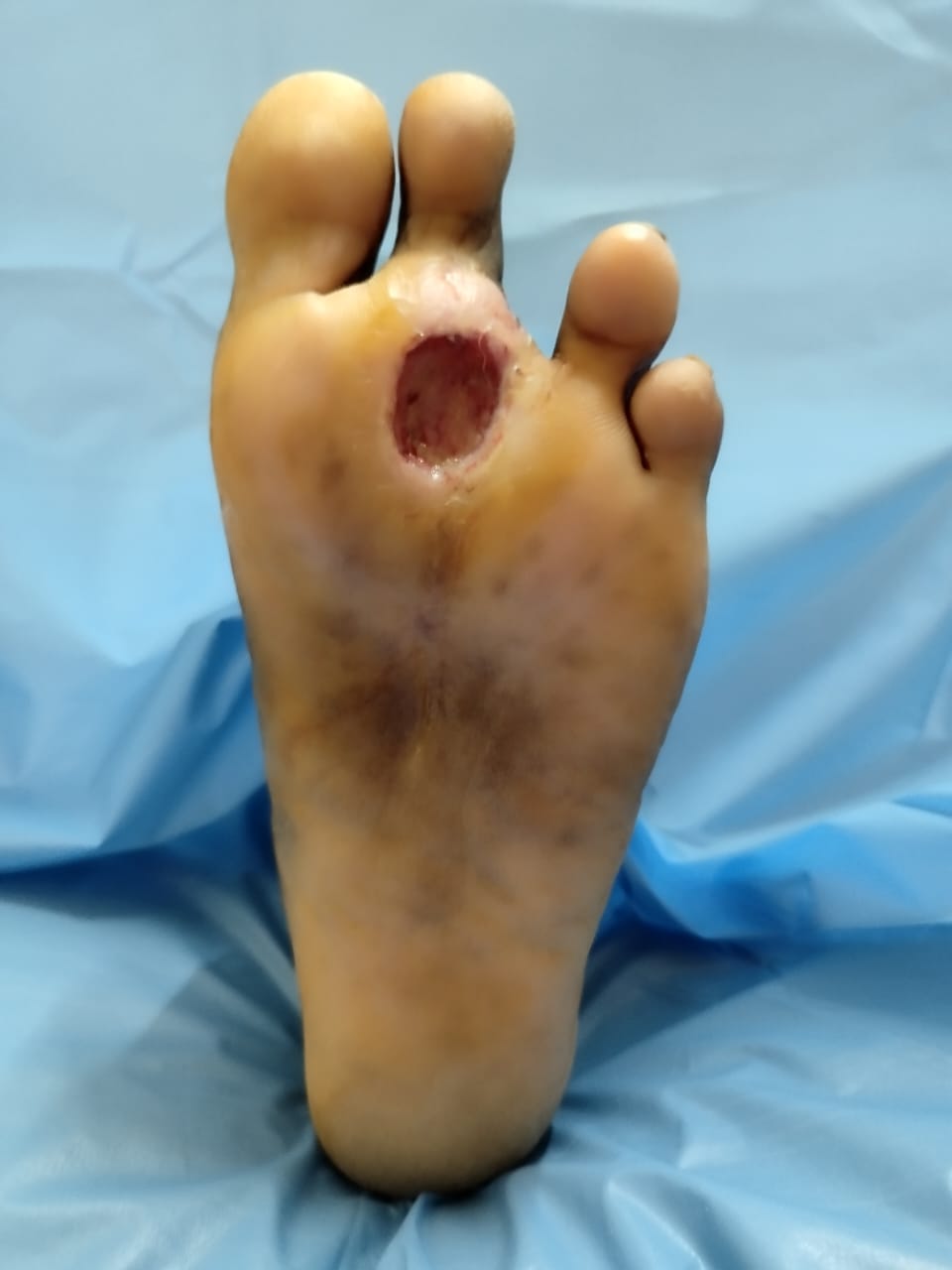VAC/NPWT:
Vacuum-assisted closure (VAC) or negative pressure wound therapy (NPWT) involves applying controlled suction through a sealed dressing over a wound. This technique promotes healing by reducing edema, promoting blood flow, and removing excess fluid and infectious materials. NPWT accelerates wound closure, improves healing outcomes, and is effective for various wound types.
Specialized Dressing:
Specialized dressings in ulcer management are tailored to promote healing and prevent infection. They include hydrocolloids, foams, alginates, and antimicrobial dressings. These dressings maintain a moist wound environment, absorb excess exudate, protect from external contaminants, and facilitate tissue regeneration. Proper dressing selection is crucial for optimizing ulcer treatment outcomes and patient comfort.






Wound Culture and Sensitivity:
Wound culture and sensitivity involve collecting a sample from a wound to identify the causative bacteria and determine effective antibiotics. Culturing helps diagnose infections and guides targeted treatment. Sensitivity testing assesses bacterial response to antibiotics, ensuring appropriate therapy selection. Timely and accurate results are crucial for managing infections and promoting wound healing.
Chemical Debridement:
Chemical debridement in ulcer management involves applying enzymatic agents like collagenase or papain-urea to break down necrotic tissue and promote wound healing. This method is non-invasive, reduces infection risk, and prepares the wound bed for further treatment. Regular assessment and application under healthcare supervision ensure effective tissue clearance and optimal healing conditions.
PRP/PRF:
Platelet-rich plasma (PRP) and platelet-rich fibrin (PRF) are autologous blood products used in regenerative medicine. PRP is plasma enriched with concentrated platelets, growth factors, and cytokines, promoting tissue repair and regeneration. PRF, a second-generation derivative, forms a fibrin matrix with higher concentrations of growth factors, enhancing wound healing and tissue regeneration capabilities.
Reconstructive Surgery for wounds:
Reconstructive surgery for wounds using flaps involves transplanting healthy tissue, including skin, muscle, or bone, to cover and heal large or complex wounds. This technique restores function and appearance, promotes healing, and reduces infection risk. Flap surgery is vital for repairing severe injuries and improving patients’ quality of life.
Reconstructive surgery for wounds using free flaps involves transferring tissue, along with its blood supply, from one part of the body to another. This microsurgical technique is used for complex wound repair, ensuring the transplanted tissue survives and integrates. Free flaps restore function, improve appearance, and enhance the healing process.






Nerve-Related Surgeries:
Tendon transfers involve surgically relocating a tendon from its original attachment to another site to restore or improve function. This procedure is used to correct deformities, stabilize joints, or compensate for muscle weakness. It aims to enhance mobility, strength, and overall limb coordination, improving patients’ ability to perform daily activities.
Nerve entrapment release is a surgical procedure to alleviate pressure on a compressed nerve, relieving pain, numbness, and weakness. By freeing the nerve from surrounding tissues, the procedure restores normal function and sensation. Commonly performed for conditions like carpal tunnel syndrome, it significantly improves patients’ quality of life.
Neurolysis is a medical procedure to decompress or free a nerve from scar tissue or adhesions, relieving pain and restoring nerve function. It involves careful dissection or chemical dissolution of surrounding tissues to improve nerve mobility and reduce symptoms like numbness or tingling. Neurolysis aims to enhance nerve regeneration and patient comfort.
Surgeries For Complicated Ulcers:
Fasciotomies are surgical procedures involving the cutting of the fascia to relieve tension or pressure. Commonly used to treat compartment syndrome, they prevent muscle and nerve damage by restoring normal blood flow. This intervention is crucial in emergency settings to avoid permanent damage and preserve limb function.
Debridement involves the removal of dead, damaged, or infected tissue to promote wound healing. This medical procedure can be performed using surgical instruments, enzymes, autolytic processes, or mechanical methods. It helps reduce infection risk, improves circulation to the affected area, and facilitates the growth of healthy tissue.
Amputation is the surgical removal of a limb or part of a limb due to injury, infection, or disease. It aims to prevent the spread of infection, alleviate pain, or improve quality of life. Post-surgery, rehabilitation and prosthetics help patients regain mobility and adapt to changes in their daily activities.






Minor Surgeries:
Ingrown toenail correction involves treating nails that grow into the surrounding skin, causing pain and infection. Methods include lifting the nail, partial removal, or full nail avulsion under local anesthesia. Proper correction alleviates discomfort, reduces infection risk, and promotes normal nail growth, enhancing overall foot health and mobility.
Excision of corns and calluses involves the surgical removal of thickened skin areas caused by friction or pressure. This procedure, often performed by a podiatrist, alleviates pain, and prevents further irritation. Proper aftercare, including cushioning and wearing well-fitting shoes, ensures lasting relief and promotes healthy, comfortable feet.

63/2 Lake Road
Sri Ram Nagar, Allinagaram, Theni- 625531
8870007450
